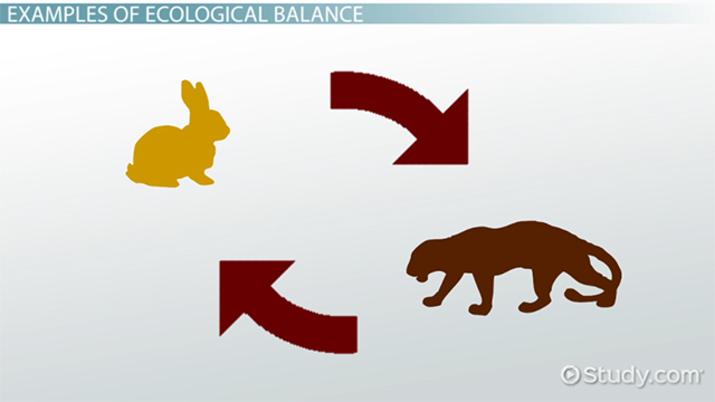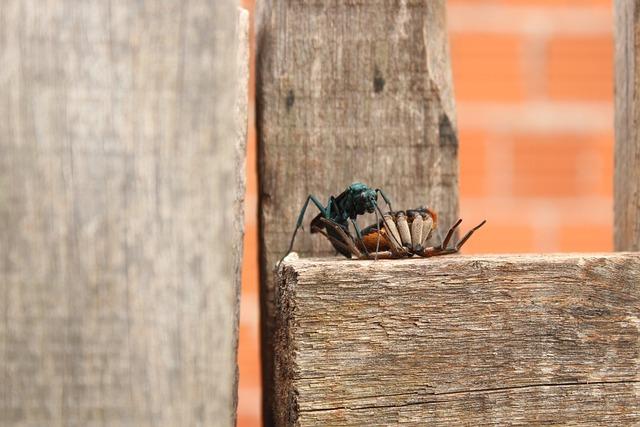Table of Contents
- Exploring the Gaia Hypothesis and Its Connection to Ape Evolution
- Understanding Ecosystem Balance Through the Lenses of Gaia Theory
- How Apes Illustrate the Interconnectedness of Life on Earth
- From Instinct to Intelligence: Apes as Gaia’s Key Players
- Practical Steps for Conservation: Protecting Ape Habitats in a Gaia Context
- Q&A
- Wrapping Up
Exploring the Gaia Hypothesis and Its Connection to Ape Evolution
The Gaia Hypothesis, proposed by scientist James Lovelock, suggests that Earth functions in a self-regulating manner, much like a living organism. This holistic view of the planet raises intriguing questions about how ecosystems evolved and sustained themselves over millions of years. A pivotal piece in this vast ecological puzzle involves the evolution of apes, whose development may have been subtly influenced by Earth’s interconnected systems. As apes adapted to their environments, they became active players in maintaining the balance of nature, demonstrating the symbiotic relationship suggested by the hypothesis.
Delving deeper into this relationship, it’s fascinating to observe how apes have contributed to the maintenance of various ecosystems. Apes play crucial roles in seed dispersal, ensuring the growth of forests, and predator-prey dynamics, which help maintain population balance in the animal kingdom. Consider some key contributions of apes in the context of Gaia’s interconnected systems:
- Seed Dispersal: Fosters biodiversity and forest growth.
- Primate-Plant Interactions: Enhances ecosystem resilience.
- Social Structures: Influences the flow of energy and resources.
Integrating the Gaia Hypothesis with the evolutionary journey of apes allows for an enriched perspective on both ecological and anthropological studies. This integration not only provides insights into how primates adapt to changing environments but also emphasizes the importance of recognizing ecological balance. As researchers continue to explore this link, the interaction between Gaia’s self-regulating mechanisms and ape evolution remains a fertile ground for discovery. Such discoveries promise a deeper understanding of our place within Earth’s finely-tuned systems, fostering a greater appreciation for the intricate connections that sustain life. Consider how these connections are manifest in tangible examples, as illustrated below:
| Attribute | Ape Impact |
|---|---|
| Ecosystem Diversity | Increased through seed dispersal |
| Forest Dynamics | Maintained by primate foraging habits |
| Trophic Levels | Balanced via predator-prey interactions |

Understanding Ecosystem Balance Through the Lenses of Gaia Theory
The Gaia Theory presents a revolutionary perspective of our planet, viewing Earth as a living entity where all components interact harmoniously, maintaining a delicate equilibrium. This intricate interconnectedness implies that every organism, from the smallest microorganisms to the largest mammals like apes, plays a pivotal role in sustaining this balance. Apes, with their unique behaviors and interactions with the environment, serve as a poignant example of how species contribute to the broader ecological tapestry. Through their impact on vegetation and habitats, apes help regulate forest regeneration and biodiversity, demonstrating the symbiotic relationships promoted by Gaia Theory.
Understanding this balance extends beyond simple interactions. It’s about recognizing the intricate roles species like apes play in nutrient cycles and energy flows. For instance, apes contribute to seed dispersal through their feeding habits, ensuring the propagation of various plant species essential for ecosystem resilience. This function aligns with the Gaia hypothesis, where each species’ functionality and presence ensure the stability and longevity of ecosystems. Such relationships validate the concept that biodiversity is not merely a backdrop for human existence but a foundational component of a self-regulating Earth.
To illustrate, consider how the interaction between soil microbiomes and ape populations underscores Gaia Theory principles:
| Aspect | Impact |
|---|---|
| Soil Microbiome | Enhances nutrient availability for plants through ape droppings. |
| Forest Vegetation | Receives natural fertilization, supporting diverse floral communities. |
| Biodiversity | Increases with healthy ape populations sustaining forest dynamics. |
This tableau of interactions shows how Gaia theory enriches our understanding of the essential balance required for ecosystem health. It inspires a holistic view, prompting us to consider the broad and often unseen ecological webs that sustain life on Earth.

How Apes Illustrate the Interconnectedness of Life on Earth
Observing the behavior and social structures of apes offers a profound glimpse into Earth’s intricate web of life. These intelligent creatures showcase patterns and behaviors that can be seen as microcosms of broader ecological dynamics. For example, the complex way apes interact within their communities emphasizes the importance of social bonds, cooperation, and communication. Such interactions are not just survival strategies but also highlight a deep-rooted connection between all life forms. Whether it’s the communal grooming practices of chimpanzees or the empathetic interactions witnessed among gorilla groups, these behaviors illustrate an intrinsic interconnectedness that is echoed through various species.
Recently, researchers have drawn fascinating parallels between ape societies and human civilization, suggesting a shared evolutionary trajectory. By studying our simian cousins, scientists have uncovered similarities that range from emotional expressions to the use of tools and problem-solving methods. This convergence of traits underscores the notion that all life is woven into a single, vast tapestry, supporting the core concept behind the Gaia Hypothesis. Such insights compel us to reconsider the delicate balance of ecosystems as well as the unintended ripple effects human actions can have on other species.
The shared heritage between humans and apes is also reflected biologically. The similarities in DNA and physiological structures serve as a potent reminder of our shared origins. Consider the following table highlighting some remarkable genetic overlaps:
| Organism Trait | Percentage Similar to Humans |
|---|---|
| DNA Sequence | 98.8% |
| Brain Structure | 90% |
| Social Structure | 85% |
These percentages illustrate how deeply threaded our connections are, positioning apes as central figures in demonstrating the interconnectedness emphasized by the Gaia Hypothesis. Such knowledge brings an awareness that resonates with the urgency to preserve and protect the biodiversity we share this planet with.

From Instinct to Intelligence: Apes as Gaia’s Key Players
In the intricate dance of our planet’s vast ecosystem, certain beings rise to prominence as stewards of natural harmony. Among these, apes, with their remarkable cognitive abilities and intricate social structures, play a pivotal role. Their behaviors illustrate a transition from mere instinct-driven actions to those hinting at a profound intelligence, resonating with the essence of James Lovelock’s Gaia Hypothesis. As highly perceptive organisms, apes engage in activities that influence their environment, reflecting nurturing roles in ecosystems akin to Gaia’s self-regulating mechanisms. Their adeptness at using tools and solving complex problems doesn’t just mark a step in evolution—it suggests an active participation in maintaining the planet’s balance.
- Complex Social Networks: Apes exhibit intricate societal bonds, resembling human-like community dynamics.
- Tool Utilization: Capturing insects, accessing hard-to-reach food sources show their impact on local biodiversity.
- Communication: Through gestures and vocalizations, apes demonstrate a sophisticated form of interaction.
Considering apes within the Gaia framework underscores their contributions as major ecological influencers. They shape their habitats through attentive foraging and seed dispersal, facilitating forest regeneration and biodiversity. Their actions reveal an unconscious alignment with Gaia’s principles of nurturing life and equilibrium, reinforcing the view that such understanding is not exclusive to humans. By examining their roles and behaviors, we unearth fresh insights into the Gaia Hypothesis, highlighting the interconnectedness of all life and the indispensable role these intelligent beings play in a world that thrives on interdependency.

Practical Steps for Conservation: Protecting Ape Habitats in a Gaia Context
- Guided tours led by trained ecology experts
- Limiting the number of tourists to reduce habitat pressure
- Encouraging responsible travel behavior
| Technology | Application |
|---|---|
| Drones | Monitoring deforestation and illegal activities |
| GPS Collars | Tracking ape movements and interactions |
| Remote Sensors | Collecting climate and ecosystem data |



0 Comments